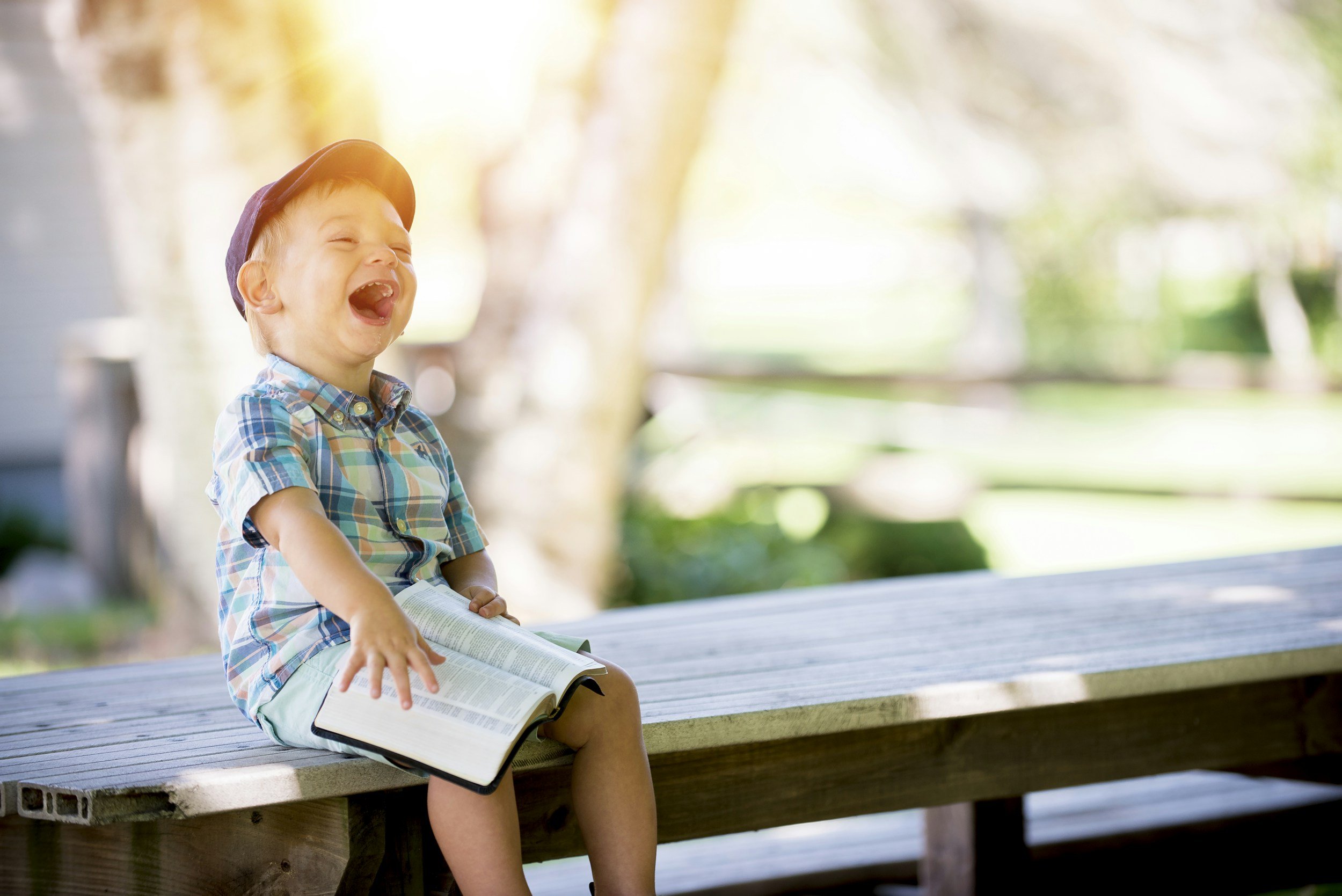Gliding: What is it and how to target it?
One common phonological process we see is called gliding—when a child replaces the /l/ or /r/ sounds with /w/ or /y/ (e.g., saying “wabbit” instead of “rabbit”). While gliding is typical in younger children, if it persists past the expected age, it can impact speech intelligibility and affect a child’s self-confidence.
Helping Kids Overcome Gliding:
Strategies in Therapy and at Home
At The Speech & Language Center, we know that early speech development is a team effort, and caregivers play a vital role in helping kids make progress. One common phonological process we see is called gliding—when a child replaces the /l/ or /r/ sounds with /w/ or /y/ (e.g., saying “wabbit” instead of “rabbit”). While gliding is typical in younger children, if it persists past the expected age, it can impact speech intelligibility and affect a child’s self-confidence.
How We Target Gliding in Therapy
When working on gliding, we focus on:
✅ Auditory Discrimination – Helping kids hear the difference between the correct and incorrect sound.
✅ Visual and Tactile Cues – Using mirrors, hand gestures, and touch cues to shape correct tongue placement.
✅ Targeted Practice in Words & Sentences – Gradually moving from isolated sounds to functional communication.
✅ Fun, Play-Based Learning – Keeping therapy engaging with games, books, and interactive activities to keep the child interested and motivated.
Bringing Therapy Home:
Caregiver Involvement
We believe that caregivers are essential partners in therapy, which is why we always include them in our sessions. Speech progress happens faster when kids practice new skills in everyday life.
Here are a few simple ways to work on gliding at home:
🗣 Model Correct Speech – When your child says “wion” for “lion”, gently repeat it back correctly: “Oh, you see the lion?”
🎵 Use Songs & Rhymes – Singing songs with /l/ and /r/ sounds (like “Row, Row, Row Your Boat”) can reinforce correct production in a fun way.
📖 Read Together – Choose books with words containing /l/ or /r/, and emphasize those sounds while reading.
🎲 Play Speech Games – Use picture cards or a scavenger hunt to find and say words with the target sounds. You can make a quick “Bingo” style chart with items around the house with the target sound.
Resource Recommendation:
One of our favorite resources is the Articulation Station Matching Game—a fun and interactive way to practice target sounds! Check it out here.
Caregiver participation isn’t just encouraged—it’s a key part of our mission at The SLC. By working together, we empower children to build clear, confident speech skills in a supportive and motivating environment.
If you have concerns about your child’s speech, we’re here to help!
🔗 Contact us to learn more about our personalized therapy sessions.

